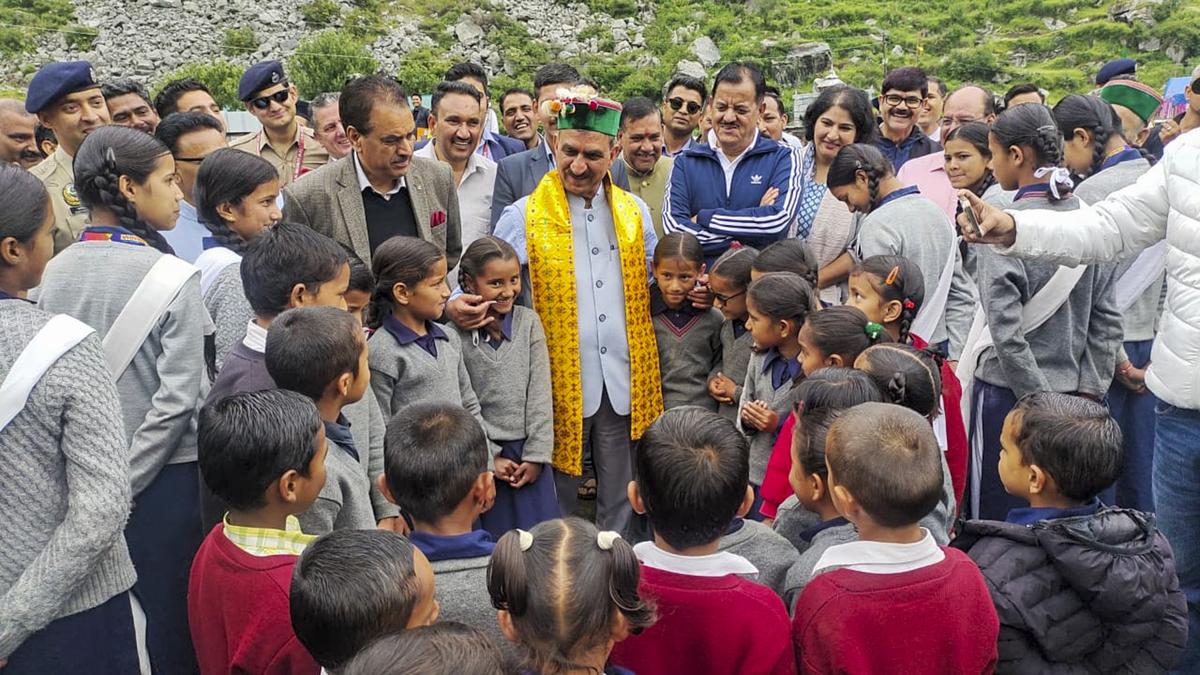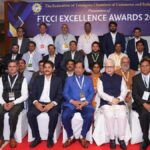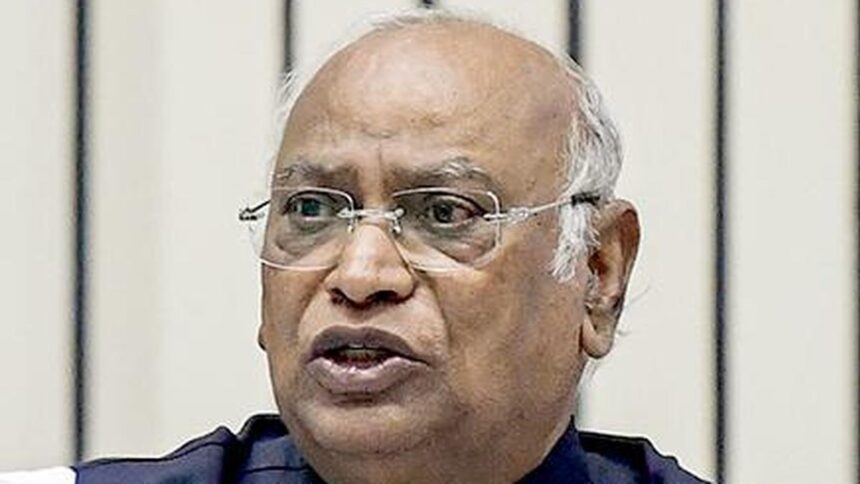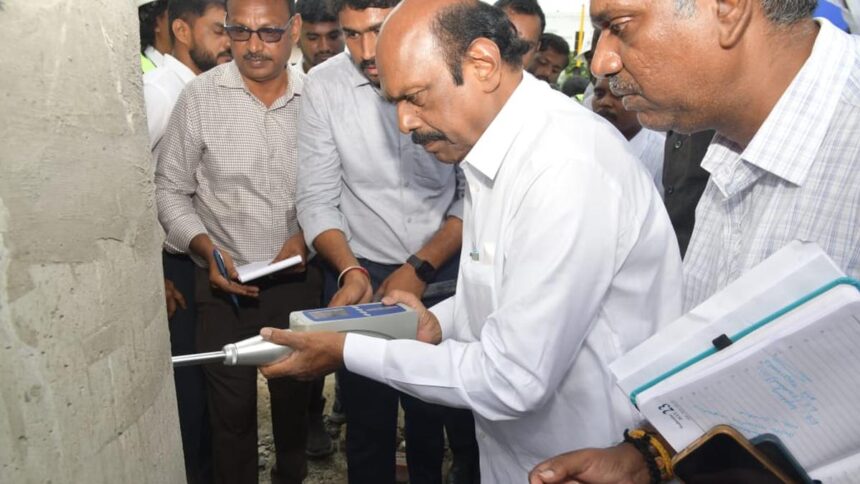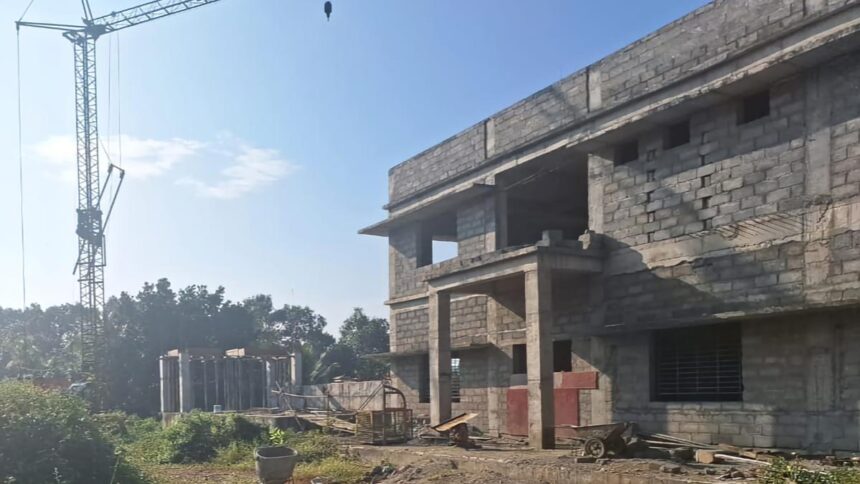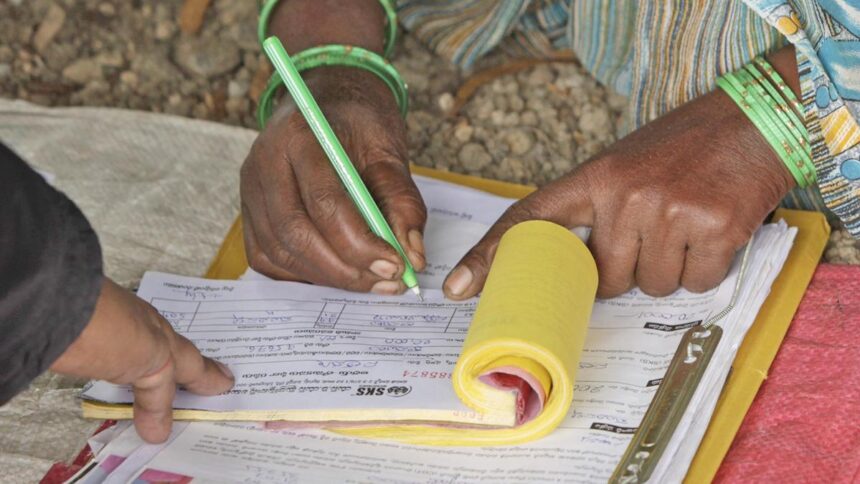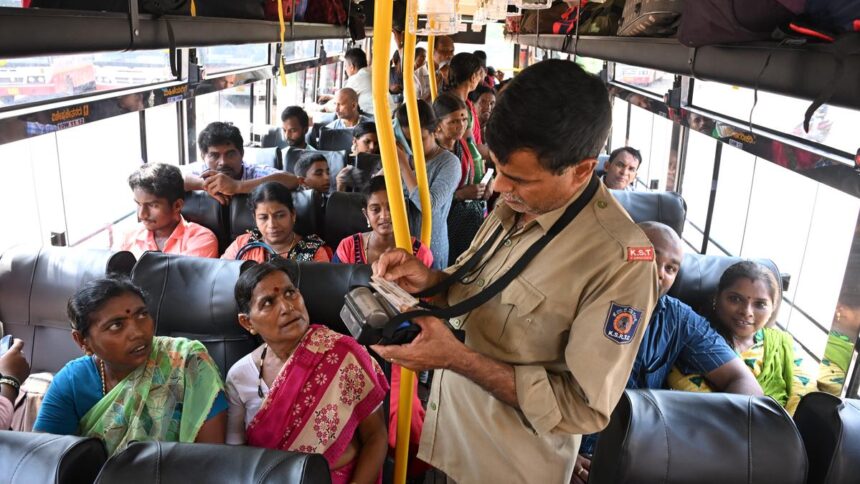
Himachal Pradesh Chief Minister Sukhvinder Singh Sukhu during a visit to the Government Senior Secondary School, Baga-Sarahhan, Kullu district on June 18.
| Photo Credit: PTI
The story so far: When the National Achievement Survey (NAS) 2025 results were released on July 2, few expected Himachal Pradesh — which ranked at a modest 21st place in 2021 — to leap into the top five. While Punjab and Kerala retained their leading positions, it was Himachal’s 16-rank jump that garnered headlines.
What is the NAS?
The NAS is a nationwide assessment conducted every three years by the Ministry of Education, measuring the learning outcomes of students in government and government-aided schools in Classes 3, 5, 8, and 10. It tests core subjects such as language, mathematics, and science, providing States with data to inform policy.
While it serves as an important diagnostic tool, the NAS has its limitations. It measures what is easily testable— not necessarily what is most meaningful. The broader aims of education such as critical thinking, emotional growth, civic awareness, and equity, are not captured. So, while Himachal’s success in NAS is laudable, it should not become the sole benchmark for educational excellence.
Why is Himachal’s rise significant?
Himachal’s rise on the list is still significant because it signals a reversal of decline. For years, Himachal’s public education system — once a model for all hill States — has struggled. Despite the foundational work done under Y.S. Parmar, the State’s first Chief Minister, who spearheaded a massive expansion of schools in the post-Independence period, where serving society meant going back to the villages and teaching the young ones, the post-liberalisation era saw the erosion of public schooling.
Contractual hiring of teachers, inadequate recruitment, and compromised academic standards led to an exodus of students to private schools. Even in remote villages, private institutions mushroomed as public confidence in government schools waned. Former Chief Minister Virbhadra Singh in a personal interaction with the author remarked that a Class 8 student was unable to pass a Class 3-level math test. — a grim marker of decline.
What changed in recent years?
Since taking office, the Sukhvinder Singh Sukhu-led government has pursued a mix of rational restructuring and renewed commitment to public education. Faced with demographic shifts — most notably, the declining fertility rate highlighted in the NFHS-5 — the administration acted to consolidate resources. More than a 1,000 under-enrolled schools were merged, allowing for the better deployment of teachers and infrastructure. The school education system was unified under a single directorate from pre-primary to Class 12, enhancing focus and accountability.
School-level decision-making was encouraged, boosting students’ sense of ownership and identity. Teachers and meritorious students were given opportunities for exposure visits, both national and international, to learn from innovative practices. A cluster-based model of school management was adopted to encourage peer learning, share resources, and community participation.
Does the NAS reflect these efforts?
Not entirely. The NAS gives us an important signal — that Himachal is back on track. But it tells us little about the socio-emotional well-being of students, the quality of teaching-learning relationships, or community engagement. The danger lies in mistaking performance in standardised tests for education itself. Himachal’s achievement lies in rekindling faith in the idea of public education.
What lies ahead?
As Himachal rides this wave of reform, it must now deepen its commitment by regularising teacher appointments, expanding holistic assessments, and ensuring that rural and marginalised students are not left behind.
Tikender Singh Panwar is former deputy mayor of Shimla, and member of the Kerala Urban Commission.
Published – July 10, 2025 08:30 am IST








